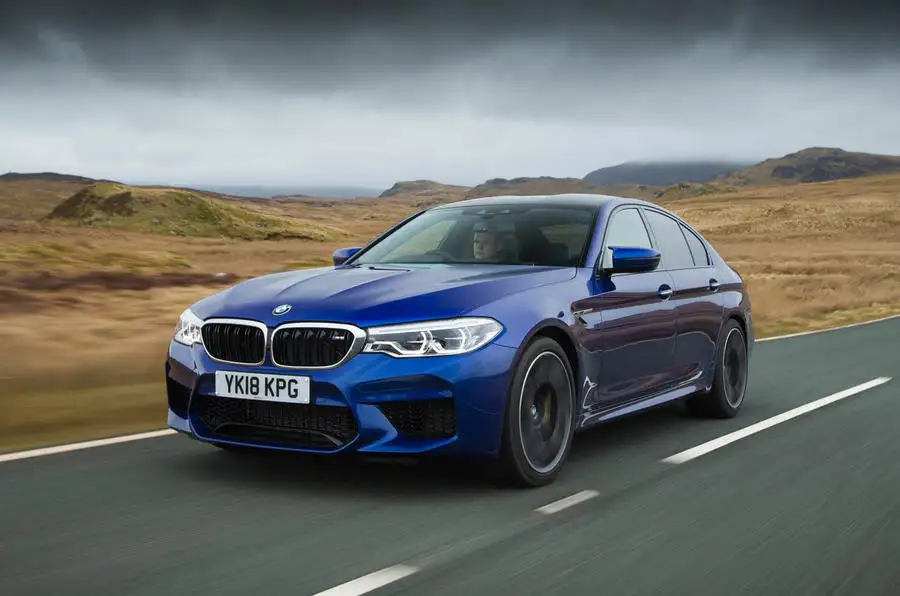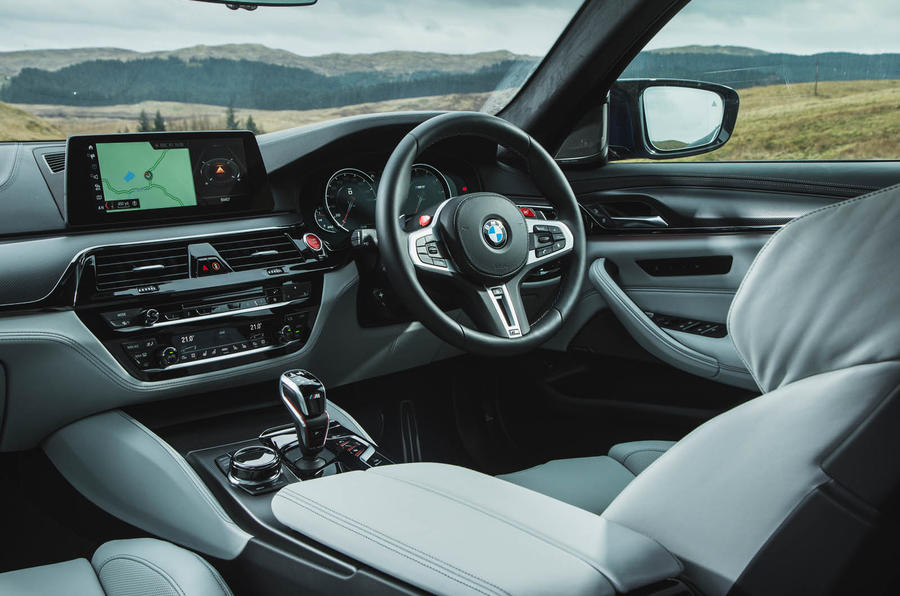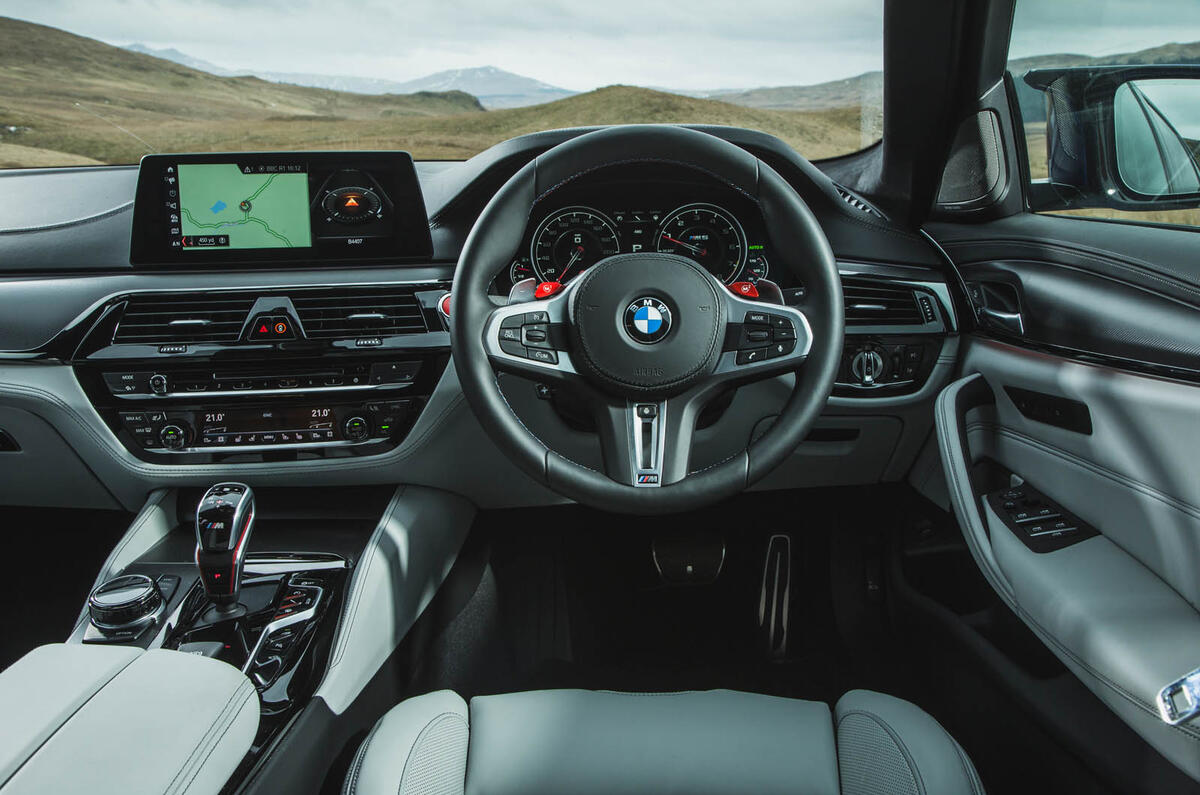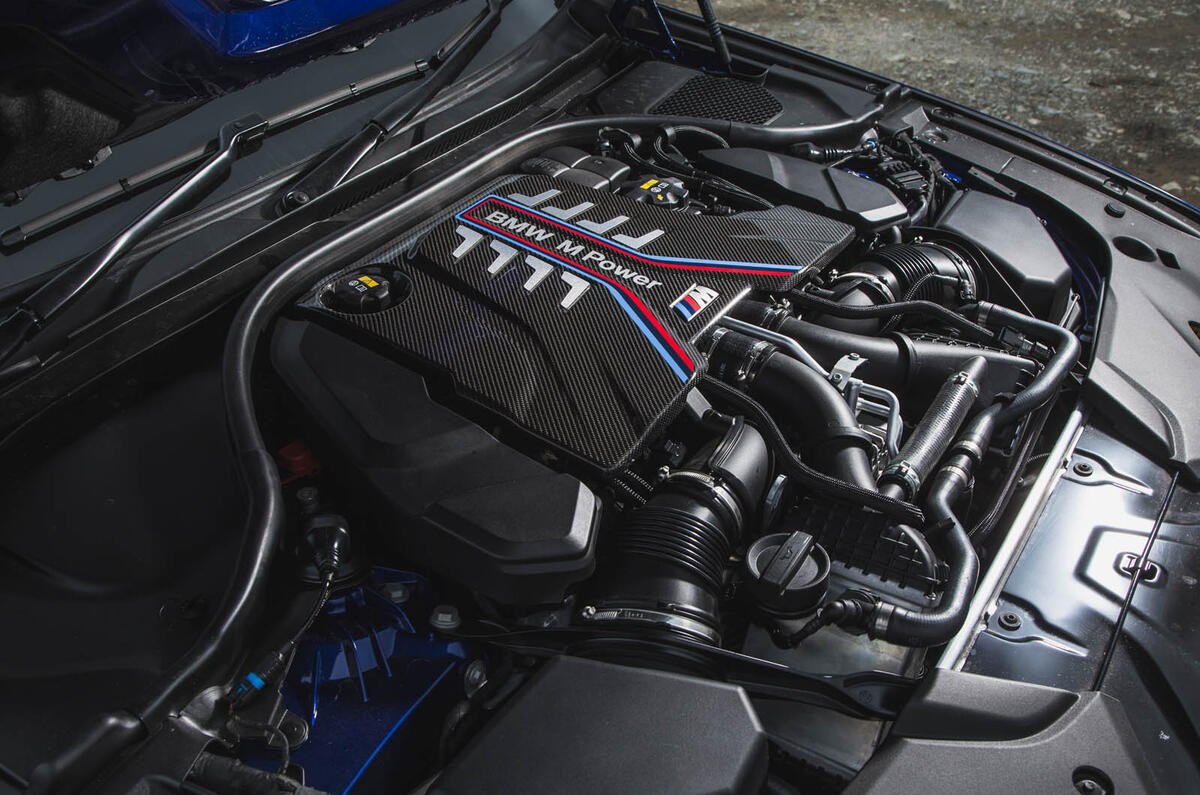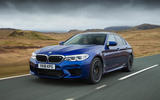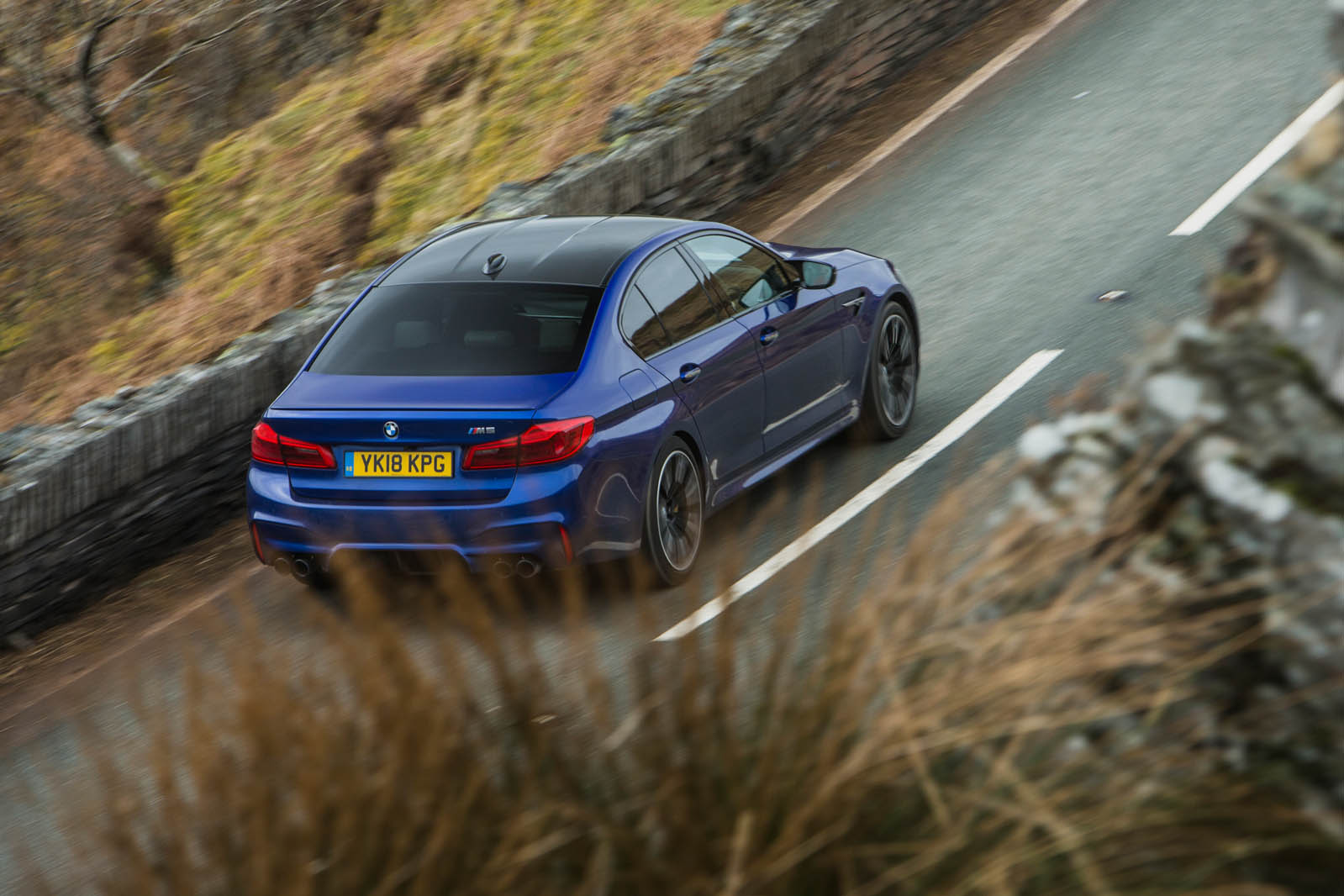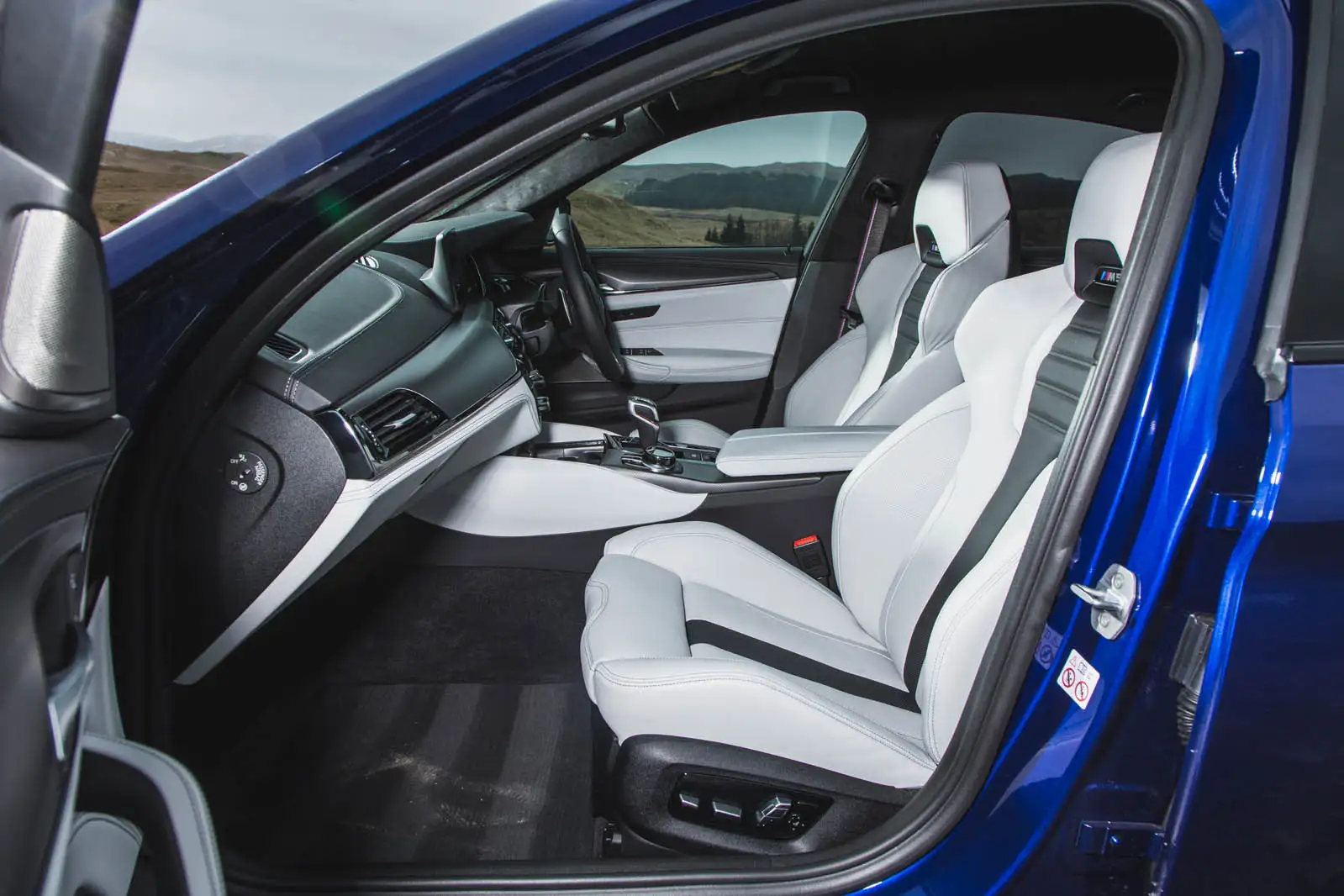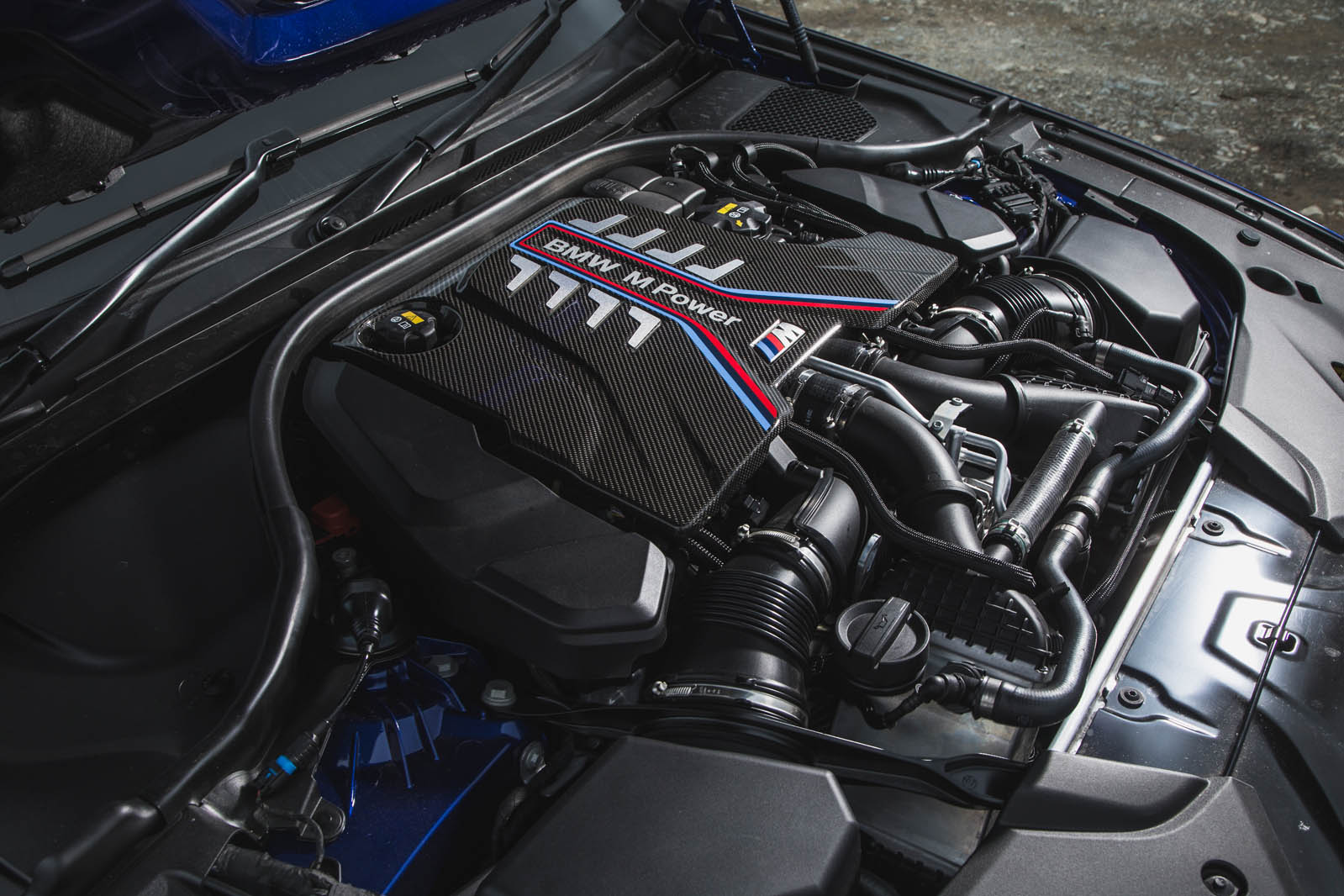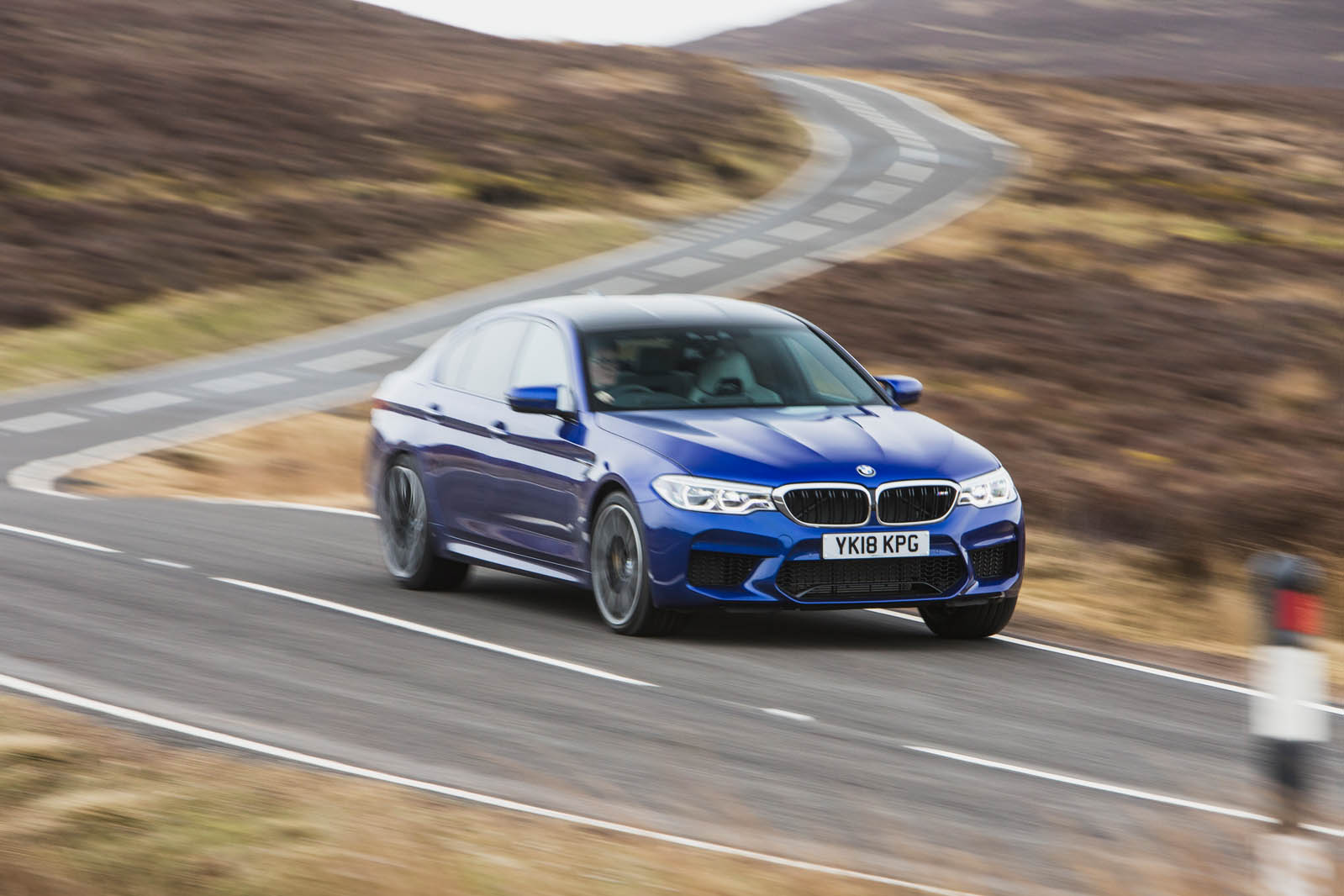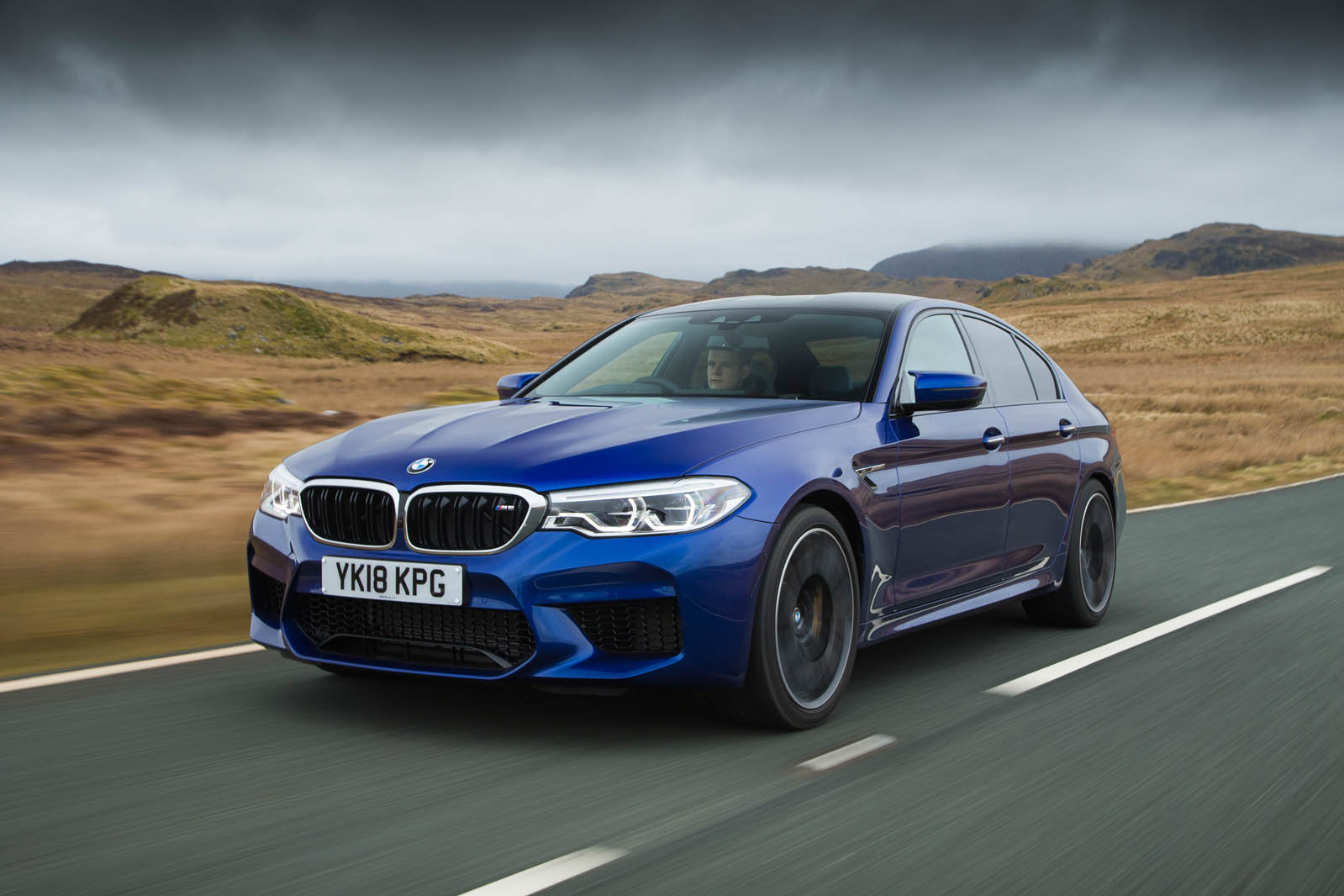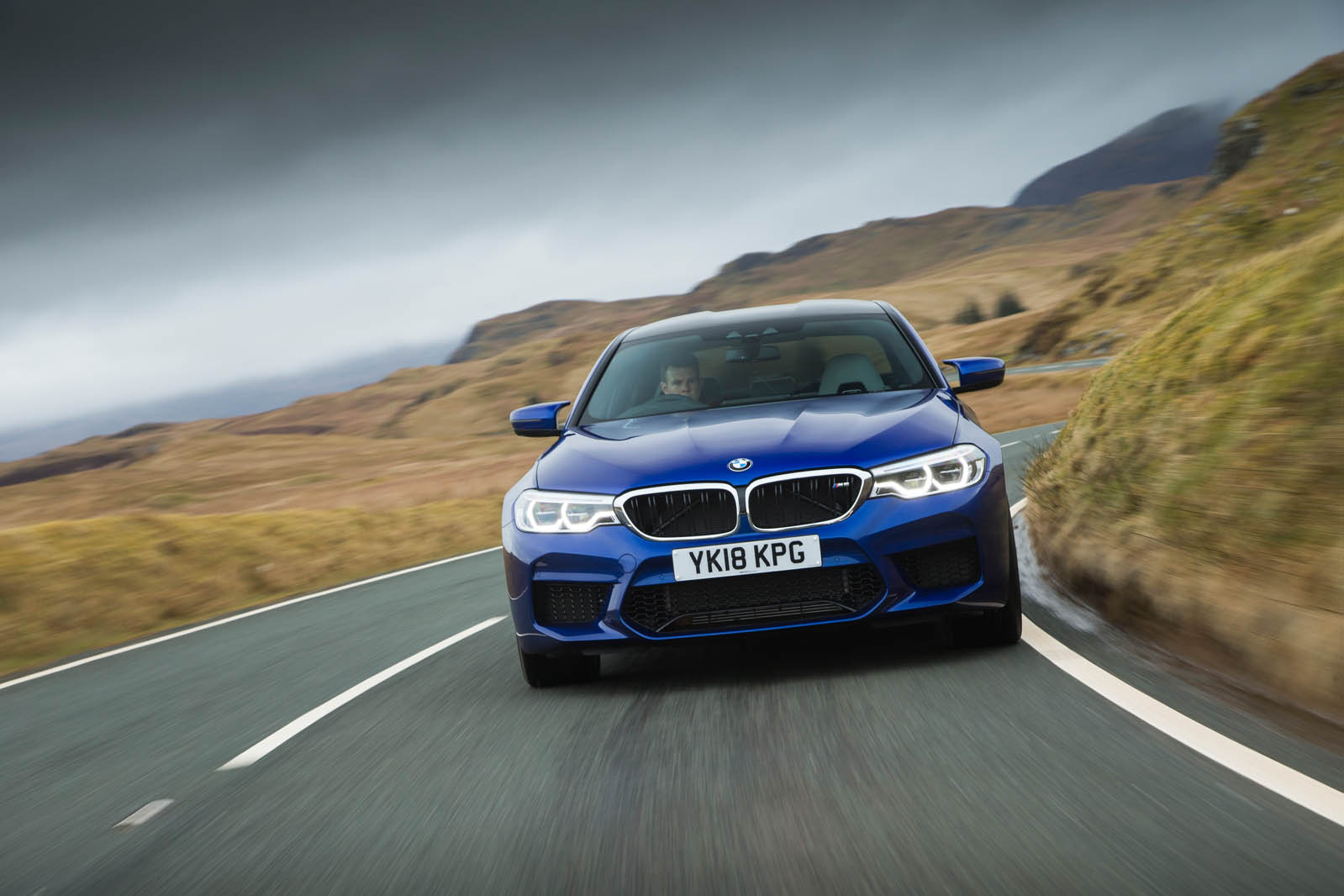Long histories are, by and large, eventful ones. The history of the BMW M5, arguably Germany’s founding example of the modern super-saloon (as well as permanent fixture in our Top 10 super-saloon list), has certainly been both of those things,stretching back fully five model generations and almost 35 years.
It has encompassed race-derived and race-inspired six and 10-cylinder engines, mould-breaking sequential transmissions and plenty of talking points besides. But it has never brought us greater controversy or a bolder departure from established convention than it has just now, in the shape of this week’s road test subject: the sixth-generation BMW M5 (F90).
Partly in response to an identical move by the rival Mercedes-AMG E63 but mainly in recognition of consumer demand for greater all-weather usability in North America, M division has switched its firebrand executive four-door from one driven axle to two. In doing so, it has adopted technology that it might have told you not so long ago had no place in a saloon car whose numerical identification was prefixed with ‘M’.
Indeed, despite production winding up only eight years ago, the naturally aspirated V10 of the rear-driven E60-generation M5 now seems a sweet but distant memory, not least because its contemporary successor uses a smaller V8 engine of forced induction and, for the first time in an M5, a driveline that sends torque to all four wheels via a standard torque-converter automatic transmission.



